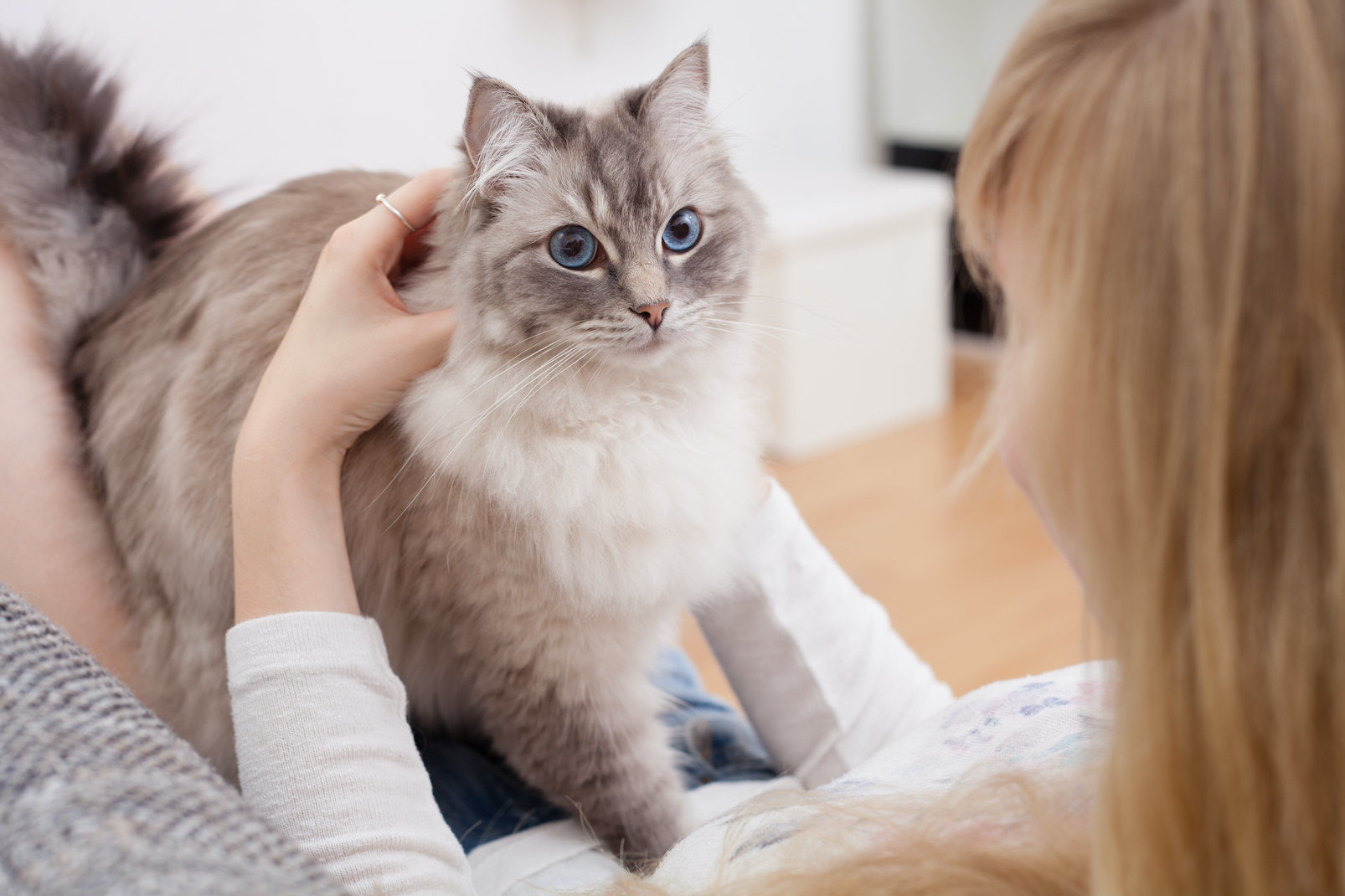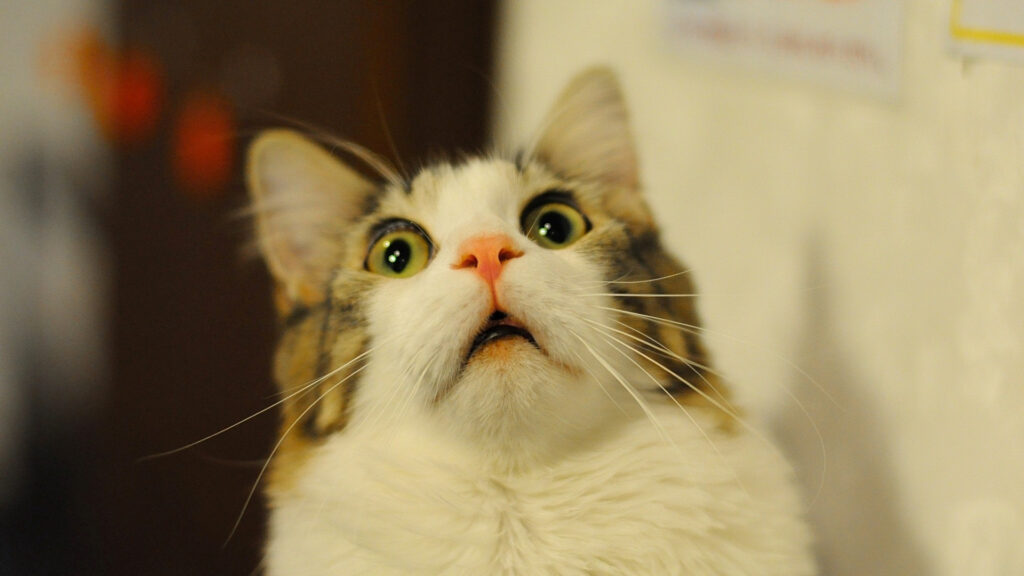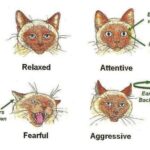Cats have long been cherished companions in homes around the world, with their mysterious personalities and curious behaviors capturing the attention of pet lovers everywhere.
Unlike dogs, who often communicate overtly with wagging tails and enthusiastic barks, cats tend to be more subtle, leaving us to decode their signals and body language.
But what exactly are cats trying to say? Let’s take a deeper look into the world of feline communication, from their vocalizations to their body language, to better understand our enigmatic feline friends.
1. Meowing: The Cat’s Way of Talking to Humans
One of the most common ways cats communicate is through meowing. While cats may meow to each other as kittens, adult cats usually reserve this vocalization primarily for humans. But what are they actually saying when they meow?
- Short, Soft Meows: Often, these are used as a friendly greeting, a simple “hello” or “notice me.”
- Loud, Persistent Meows: These may indicate hunger, a desire for attention, or a request to be let outside. Some cats may meow loudly when they want something specific—like a treat or a spot on your lap.
- Chirps and Trills: These unique sounds are often made by cats when they see birds or small animals outside, and are thought to be a combination of excitement and frustration. However, cats can also use chirps to greet their humans in a particularly affectionate way.
2. Purring: Contentment or Communication?
Purring is one of the most characteristic sounds associated with cats. It’s often interpreted as a sign of contentment, but it can have multiple meanings.
- Purring While Being Petted: This generally signals that your cat is relaxed and enjoying the interaction.
- Purring During Stress or Illness: Cats can also purr when they’re frightened, in pain, or even when they’re trying to comfort themselves. This can sometimes be confusing because purring doesn’t always equate to happiness.
- Healing Mechanism: Studies suggest that purring may have therapeutic benefits, both for cats and their humans. The frequency of purring vibrations (between 25 and 150 Hertz) is believed to promote bone density and healing, which could explain why some cats purr even when they’re injured or unwell.
3. Tail Movements: A Sign of Mood
A cat’s tail can provide valuable insight into their emotional state. The position and movement of the tail communicate a lot about how a cat feels at any given moment.
- Upright Tail: A happy and confident cat will often walk with their tail held high. This is a clear sign of contentment, trust, and confidence.
- Twitching or Flicking Tail: This usually indicates excitement, frustration, or agitation. If your cat is twitching their tail while focused on something (like a toy or prey), they are likely anticipating action.
- Tail Between the Legs: A cat with their tail tucked between their legs may be feeling fearful, anxious, or submissive.
- Swishing Tail: When a cat’s tail swishes or flicks rapidly, especially when they’re focused on something, it could indicate irritation or heightened alertness.
4. Body Language: Decoding Their Posture
Just like their tail movements, a cat’s overall posture can reveal much about their mood and intentions.
- Arched Back and Puffed Fur: A cat may arch its back and puff up to make themselves appear larger when they’re feeling threatened or scared. This is often a defensive posture intended to ward off perceived danger.
- Rolling Over and Exposing Belly: A cat that rolls onto its back and shows its belly might be offering a sign of trust. However, this doesn’t always mean they want belly rubs. Some cats simply enjoy stretching out in this way, while others may expose their belly as a defensive mechanism if they feel cornered.
- Slow Blinking: One of the most subtle but important signs of trust in cats is slow blinking. If your cat looks at you and slowly blinks, they are demonstrating affection and comfort. In the feline world, slow blinking is a gesture of love and connection. If you slow blink back, you may notice your cat will reciprocate!
5. Kneading: Comfort and Affection
When cats knead with their paws, they often seem to get lost in the action, rhythmically pressing their paws against soft surfaces like a blanket or even your lap.
This behavior, commonly known as “kneading,” originates in kittenhood. Kittens knead their mothers to stimulate milk production, and this comforting behavior can continue into adulthood.
For adult cats, kneading is usually a sign of relaxation and affection. If your cat kneads you, it’s a sign that they trust you and feel safe in your presence. It can also be an indication that they’re feeling nostalgic or comforted, harking back to their kitten days.

6. Hissing and Growling: Warning Signs
Cats can be very vocal when they feel threatened or territorial. Hissing, growling, or spitting are clear signs of aggression, fear, or discomfort.
- Hissing: This is typically a defensive response when a cat feels cornered or scared. If your cat hisses at you, it’s important to give them space and avoid pushing them further into a defensive state.
- Growling: Growling can be a precursor to more aggressive behavior. It may happen if a cat feels challenged or is threatened by another animal or person. A growl often indicates that the cat is warning you to stay away.
7. Scratching: Marking Territory or Exercise?
Cats scratch for a variety of reasons, and understanding the motivation behind it can help protect your furniture (or at least prepare you for it!).
- Marking Territory: Cats have scent glands in their paws, and when they scratch, they leave behind both a visual mark and a scent. This serves as a way for them to claim their territory.
- Stretching and Exercise: Cats also scratch to stretch their muscles and keep their claws sharp. It’s a natural behavior that helps them maintain physical health.
Conclusion
Cats may not have a vocal language as complex as humans or even dogs, but their communication is intricate and nuanced. By paying attention to their body language, vocalizations, and even their daily routines, we can gain a deeper understanding of their feelings and needs.
So the next time your cat meows for attention, purrs on your lap, or flicks their tail in irritation, remember that they’re not just being mysterious—they’re trying to tell you something important.
By learning to “speak cat,” you can build an even stronger bond with your feline companion and better cater to their needs, creating a harmonious relationship based on mutual understanding and respect.



